Buy the photo Damrak by Jeroen de Jongh Photography on canvas, ArtFrame, poster and wallpaper, printed on demand in high quality.
About "Damrak"
by Jeroen de Jongh Photography
About the artwork
The Damrak in Amsterdam is a street and a water between Dam Square and Central Station.
Originally the Damrak was the part of the river Amstel between the Dam and the IJ. (A 'rak' is a straight stretch of water). Via a lock at the Dam, the river flowed from the Rokin into the Damrak and then discharged into the IJ. This was part of the old port of Amsterdam. Where Central Station is now located, there was a row of mooring posts in the IJ, to which larger ships could moor. The quay, which only runs on one side of the water, was called "Op 't Water" until the second half of the 19th century. In the 19th century (in 1845 and in 1883) southern parts of the Damrak, between Dam Square and Oudebrugsteeg, were filled in. Between 1845 and 1903, where the Bijenkorf now stands, stood the Beurs van Zocher.
The houses on the Warmoesstraat between the Nieuwebrugsteeg and the Oudebrugsteeg are still standing with the rear facade in the unobstructed part of the Damrak. At the Guldehandsteeg, which connects the water to the Warmoesstraat, there is the only remaining "water pavement" in this row of facades, where ships were unloaded. In this remaining part of the water (the "Wet Damrak") canal boats moor.

About Jeroen de Jongh Photography
I'm Jeroen, and I'll spare you the long introduction. ;) If you're looking for a landscape photo for your wall, you've come to the right place... Read more…
 Germany
Germany Ordered in August 2025
Ordered in August 2025
 Germany
Germany Ordered in September 2021
Ordered in September 2021
 Germany
Germany Ordered in April 2024
Ordered in April 2024
 Germany
Germany Ordered in January 2021
Ordered in January 2021
 Netherlands
Netherlands Ordered in February 2020
Ordered in February 2020
 Germany
Germany Ordered in April 2020
Ordered in April 2020
 Netherlands
Netherlands Ordered in January 2022
Ordered in January 2022
 Germany
Germany Ordered in May 2020
Ordered in May 2020
 Germany
Germany Ordered in September 2019
Ordered in September 2019
 Netherlands
Netherlands Ordered in June 2019
Ordered in June 2019
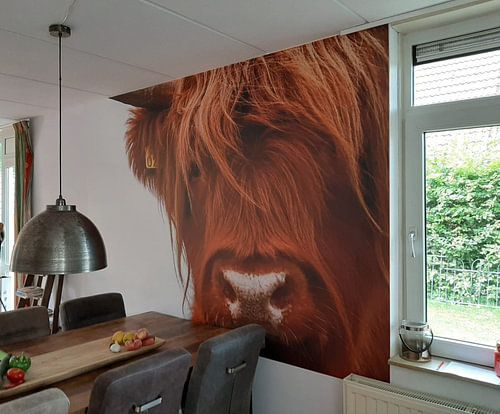
 Netherlands
Netherlands Ordered in June 2019
Ordered in June 2019
 Germany
Germany Ordered in February 2021
Ordered in February 2021
About the material
ArtFrame™
Interchangeable Art Prints
- High-quality print
- Easily interchangeable
- Acoustic function
- Large sizes available
Discover the artworks of Jeroen de Jongh Photography
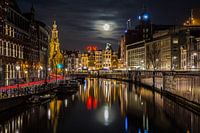 Full moon at the flower marketJeroen de Jongh Photography
Full moon at the flower marketJeroen de Jongh Photography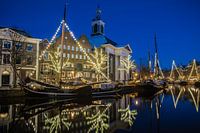 Lange HavenJeroen de Jongh Photography
Lange HavenJeroen de Jongh Photography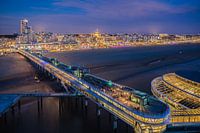 Scheveningen PierJeroen de Jongh Photography
Scheveningen PierJeroen de Jongh Photography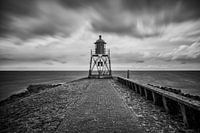 Lighthouse StavorenJeroen de Jongh Photography
Lighthouse StavorenJeroen de Jongh Photography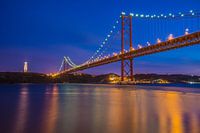 April 25th BridgeJeroen de Jongh Photography
April 25th BridgeJeroen de Jongh Photography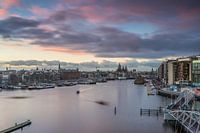 OosterdokJeroen de Jongh Photography
OosterdokJeroen de Jongh Photography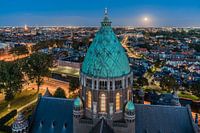 Climb to the lightJeroen de Jongh Photography
Climb to the lightJeroen de Jongh Photography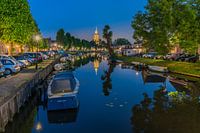 MonnickendamJeroen de Jongh Photography
MonnickendamJeroen de Jongh Photography Kissing Couple XXXLJeroen de Jongh Photography
Kissing Couple XXXLJeroen de Jongh Photography Sunrise at the TwiskeJeroen de Jongh Photography
Sunrise at the TwiskeJeroen de Jongh Photography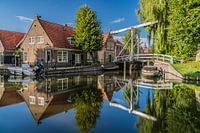 Zonnepad MonnickendamJeroen de Jongh Photography
Zonnepad MonnickendamJeroen de Jongh Photography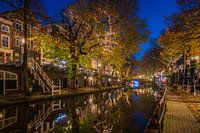 Oudegracht UtrechtJeroen de Jongh Photography
Oudegracht UtrechtJeroen de Jongh Photography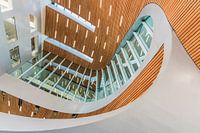 Arnhem Central StationJeroen de Jongh Photography
Arnhem Central StationJeroen de Jongh Photography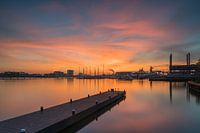 NDSM sunsetJeroen de Jongh Photography
NDSM sunsetJeroen de Jongh Photography Mill de Vlinder on a misty morning in the BetuweJeroen de Jongh Photography
Mill de Vlinder on a misty morning in the BetuweJeroen de Jongh Photography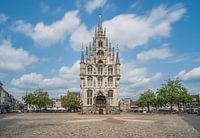 Town Hall of Gouda at the MarketJeroen de Jongh Photography
Town Hall of Gouda at the MarketJeroen de Jongh Photography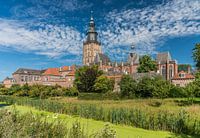 Swans at the skyline of ZutphenJeroen de Jongh Photography
Swans at the skyline of ZutphenJeroen de Jongh Photography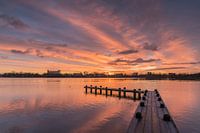 Magical sunrise at the Amstelveense PoelJeroen de Jongh Photography
Magical sunrise at the Amstelveense PoelJeroen de Jongh Photography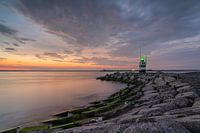 Sunset at the IJmuiden PierJeroen de Jongh Photography
Sunset at the IJmuiden PierJeroen de Jongh Photography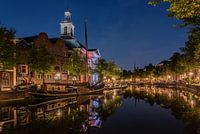 Peace and quiet at Schiedam's Lange HavenJeroen de Jongh Photography
Peace and quiet at Schiedam's Lange HavenJeroen de Jongh Photography













 Amsterdam
Amsterdam Canal house
Canal house Canals
Canals Photo wallpaper
Photo wallpaper Photography
Photography Romantic Moments
Romantic Moments Serene Peace
Serene Peace Towns
Towns Urban / Street
Urban / Street Vibrant Colors
Vibrant Colors









